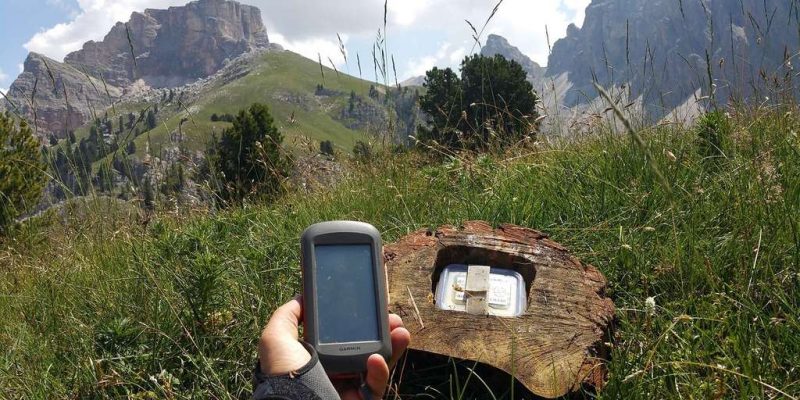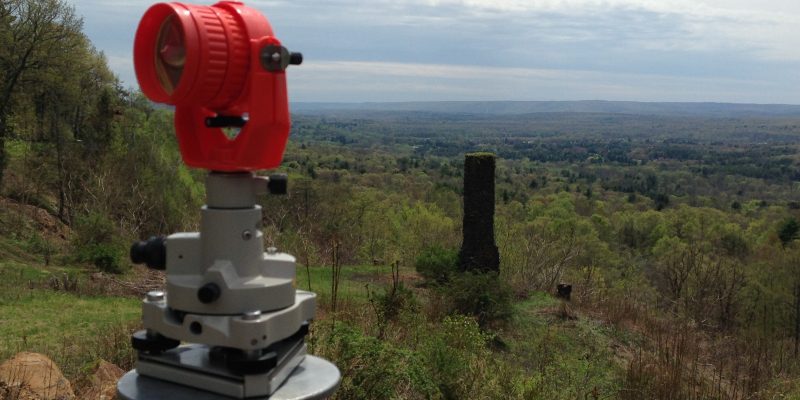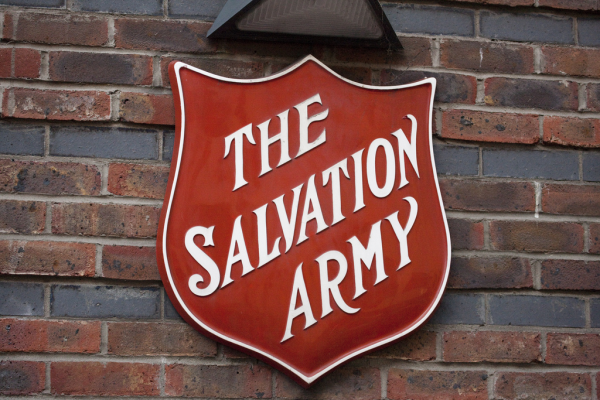Who would have thought that marrying technology with recreation would result in a game so adventurous and full of fun? The way finding technique maybe a new one, but the idea is as old as probably the advent man himself. Geocaching is an entertainment method that makes use of the accuracy of the Global Positioning System (GPS) and the easy availability of devices which carry this system. With a basic smart phone or a positioning device, today anyone has access to global positioning accuracy up to ten meters.
Several websites, both paid and unpaid offer various geocaches all over the globe which people can log on to and choose. These have varying difficulties from beginners to expert players. Real time communication can happen between geocacher and people searching for geocaches via internet where they can share geographic coordinates, clues, pictures and other information.
Here are few Geocatching websites to visit:
Geocaches are often boxes buried into ground containing a notebook to log in when the geocache is discovered in addition to everyday objects to swap when seekers find it. This game can be played by friends, families and even solo adventurists. The primary website portal for geocaching is Geocaching.com which as per July 2007 said it listed 422,892 active geocaches worldwide. This fun way of discovering and way finding is here to stay and only to get more popular.
References:
Webb, Robert M. (2001) Recreational Geocaching: The Southeast Queensland Experience. In 2001 – A Spatial Odyssey- Australian Surveying Congress – Brisbane September 2001., September 2001, Brisbane Convention Centre.
WhatIs.com,. “What Is Geocaching (GPS Stash Hunting)? – Definition From Whatis.Com”. N.p., 2016. Web. 3 Mar. 2016.
Open.ac.uk,. “Geocaching And Learning”. N.p., 2016. Web. 3 Mar. 2016.



 Ever wonder what Steve Strinie does in his spare time? Probably not, but you may have heard him on the radio without even knowing it!
Ever wonder what Steve Strinie does in his spare time? Probably not, but you may have heard him on the radio without even knowing it! True to the music of his era, every song is played from the “Vast Vinyl Library”.
True to the music of his era, every song is played from the “Vast Vinyl Library”.



 For those anticipating the rainy season of Connecticut, the National Flood Insurance Program (NFIP) has recently released an updated version of their website, as part of the reforms that took place last month.
For those anticipating the rainy season of Connecticut, the National Flood Insurance Program (NFIP) has recently released an updated version of their website, as part of the reforms that took place last month.





